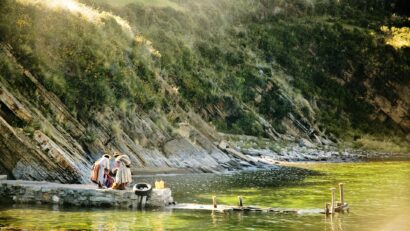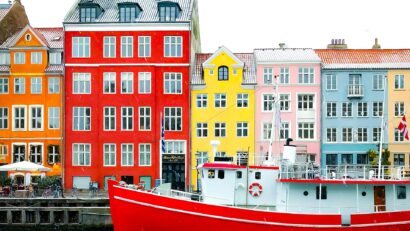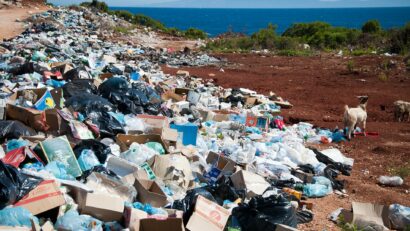
New study: Corporate profits drive up inflation in Australia – not higher wages
A recent Australia Institute report has shown that profiteering is the source of the country’s high inflation. This is in contrast to the Reserve Bank of Australia’s fearmongering claims that higher wages are the main threat to economic growth and security. The report highlights the need to control excess profits and artificially increased prices in order to protect the purchasing power of workers, and argues that increased wages should not be feared.
We’ve all heard the argument before—if wages increase, prices must increase to cover those wages, and the end result will be inflation. This theory is referred to as the ‘wage-price spiral’. It is often wheeled out to shut down any demands for fair pay, and particularly for the raising of the minimum wage. Contradicting this argument, a study by the Australia Institute has found that inflation is more the result of a ‘profit-price spiral’, with 69% of the nation’s inflation being attributed to excess profits.
[embedded content]
Australia Institute calls wage-price spiral ‘economic fairy-tale’
For many people, the wage-price spiral argument provokes suspicion. Inflation is all around, but wages don’t seem to have risen in line and surely can’t be to blame for higher prices. In Australia, inflation reached a year-over-year rate of 7.8% by the end of 2022. This has resulted in a major hit to the real purchasing power of working Australians.
Australia faces a macroeconomic slowdown due to higher interest rates, which means job losses and even greater income losses in the coming months—all while the nation reports an unprecedented upsurge in business profitability. These profits are shown in the report to be the result of businesses increasing prices well beyond incremental expenses for their own purchases. The institute states that:
“new empirical evidence confirms the dominant role of business profits in driving higher prices in Australia – not wages.”
They argue that the focus of monetary policy by the Reserve Bank of Australia on wage restraint is misplaced and unfair, and that more attention should be given to the artificial inflation of prices by businesses. Dr Jim Stanford, the researcher behind the report, said:
“we’ve been told a story that workers need to restrict wage growth and accept a permanent reduction in living standards in order to fight inflation. This report shows that’s an economic fairytale.”
Report’s major findings suggest profit-price spiral
The Institute’s investigation found that as of September 2022, Australian businesses had increased prices by a total of $160 billion per year above their higher expenses for wages, taxes, and other inputs.
Had those excess profits for Australian-made goods and services not been engineered through increased prices, average annual inflation since 2019 would have been 2.7% per year, as opposed to the reality of 5.2%. This would have also meant that such harsh interest rate hikes would not be necessary, and Australians would have been spared the worst part of job losses and a cost of living crisis.
Despite this empirical evidence, the Reserve Bank of Australia, who conduct monetary policy within the nation, repeatedly refer to the dangers of a wage-price spiral and make almost no reference to the role of excess corporate profits in driving inflation. In their most recent statement from February 2023, the Reserve Bank mention wages 75 times and profits only once. This is despite the fact that corporations have increased their profits much faster than the nominal growth of Australia’s economy, and have benefited from the acceleration of inflation since the pandemic.
The report states that the focus by the Reserve Bank of Australia on suppressing wage growth in their anti-inflation policy and ignoring the role of record profits:
‘blames the victims of inflation, while ignoring its perpetrators, and will impose further needless harm in coming months through further real wage reductions, and quite likely an economic recession.’
Profits grow while inflation’s victims suffer
This story is far from limited to Australia and is being played out across the world. As workers struggle to cover skyrocketing costs, energy companies and big businesses post record-breaking profits. Workers not be taken for fools by their employers and governments, and should continue the fight for higher wages and a share of the profits which they generate, at the expense of greedy owners and investors. Läs mer…








